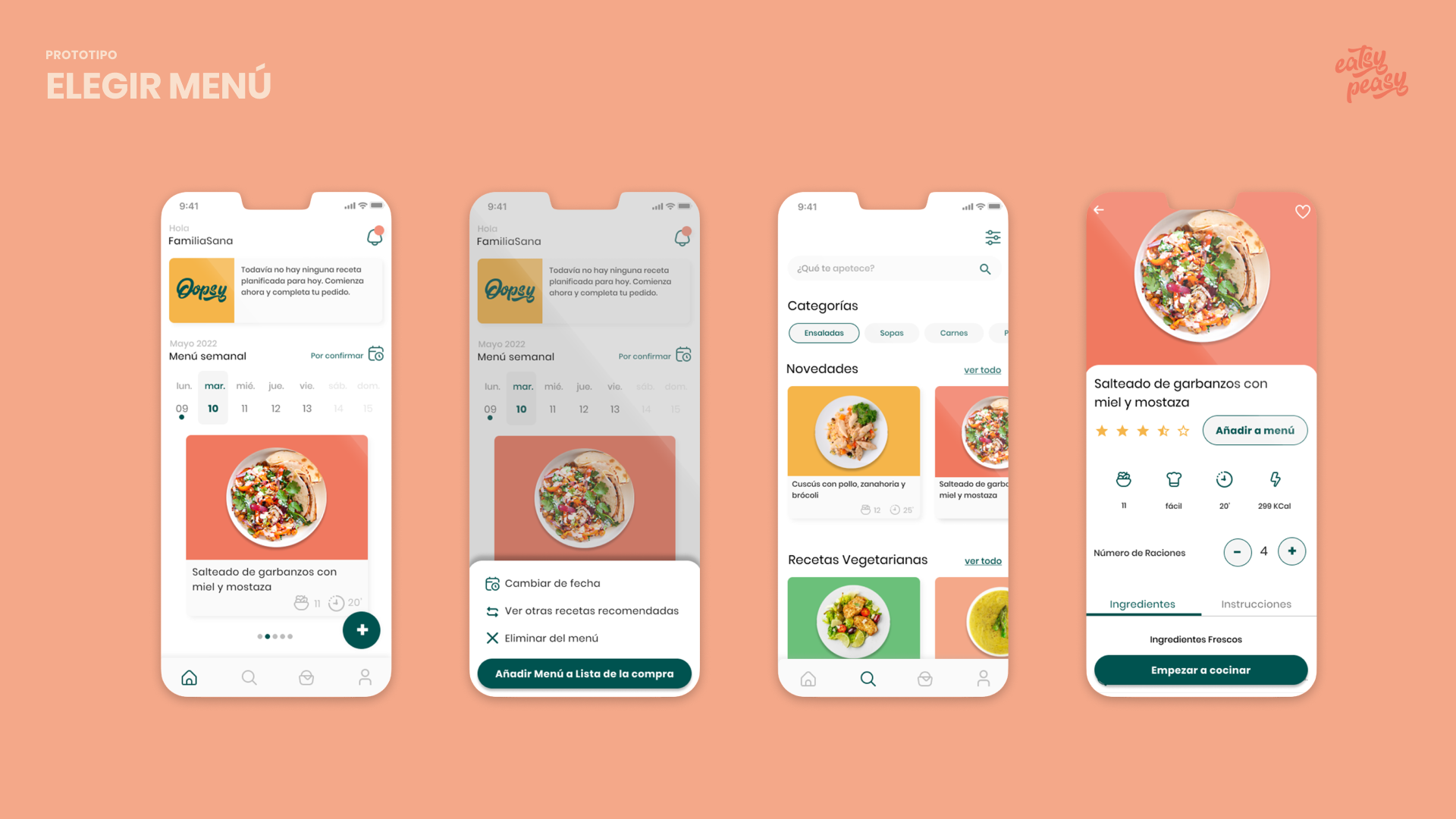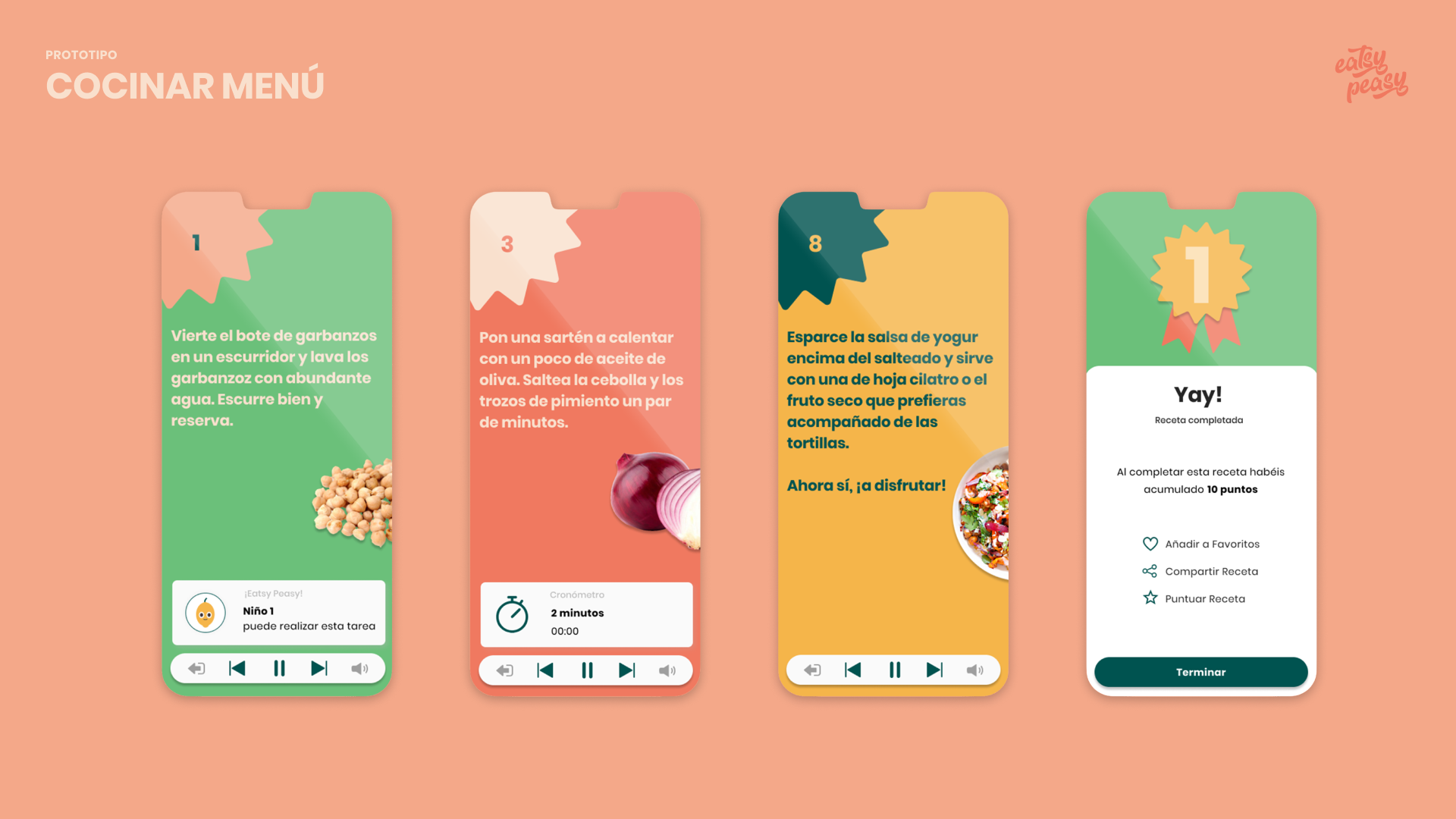EATSY PEASY: "Busy family dinners"
The founders have detected a niche that they want to test: families with children in which both parents work and have little time to cook. The goal for these families is to be able to choose menus that are easy to cook and cover their dinner needs throughout the week by receiving a package with what they need every Sunday. They also think that it could be a good idea to involve children in the process.
To understand the business, the first thing to do is a benchmark analysis with direct competitors (recipe apps and planners) to see the best features. The context and trend map are analyzed along with a PESTEL analysis to discover opportunities in the sector.


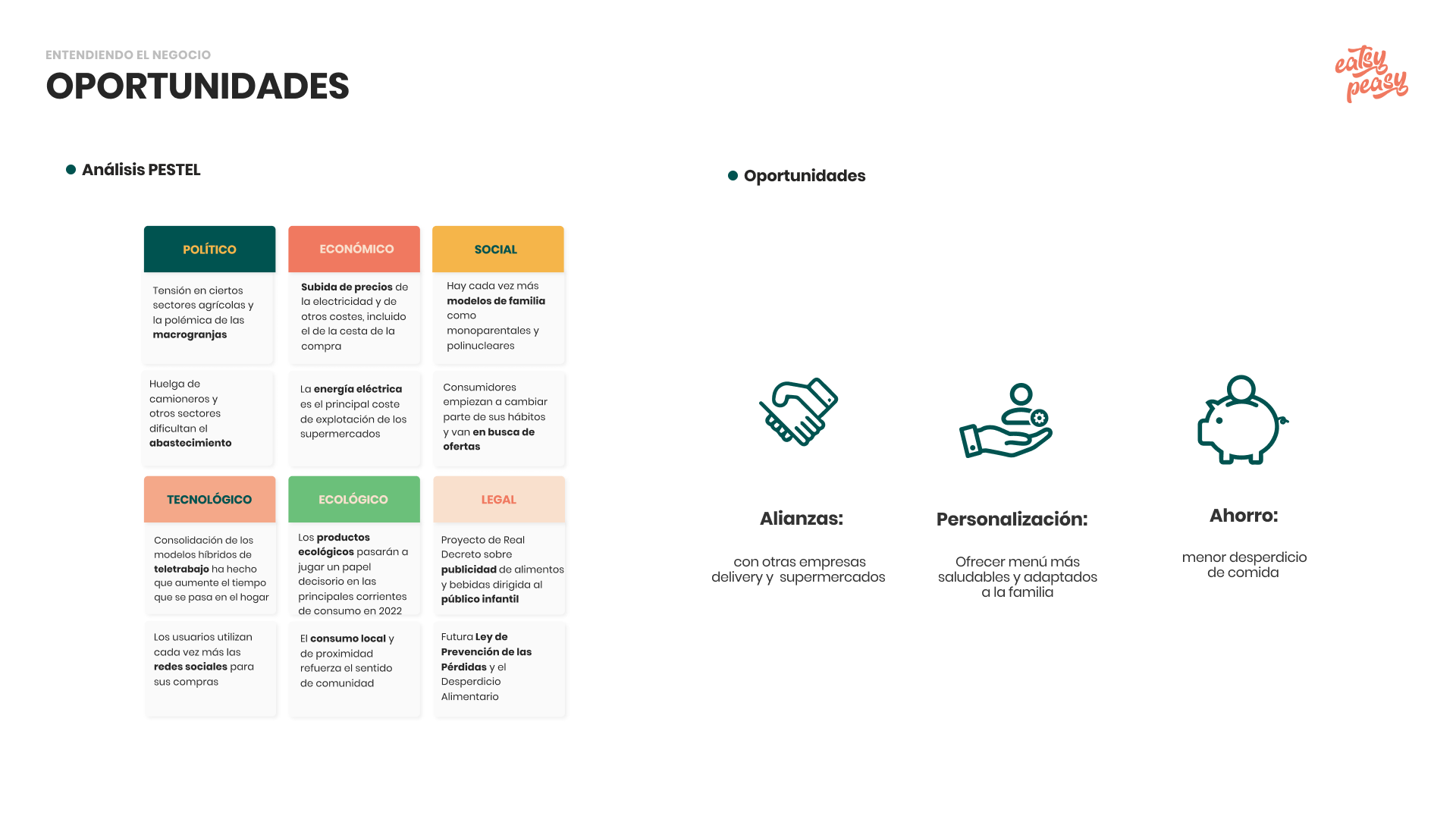
To find out the user's needs, after conducting 6 interviews, a diagonal with variables is drawn, categorizing people according to whether they are more organized and/or healthy. From here, with the "main" user, a user journey is created from the moment of awareness to the moment of product recommendation.


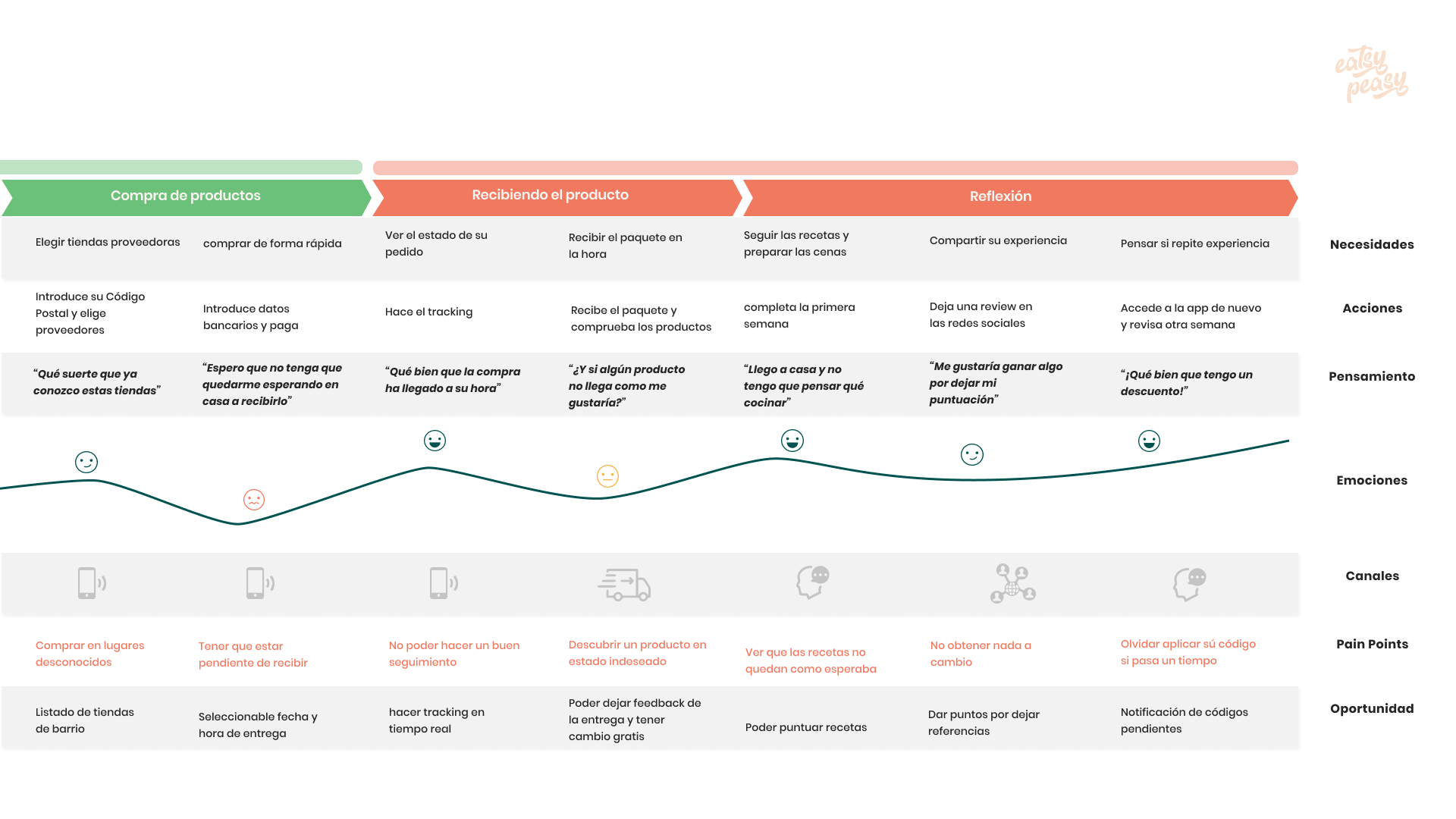
After analyzing all the research data, insights are obtained regarding three main questions that the users asks theirselves: what to eat, what to buy and how to educate children in a healthy lifestyle.
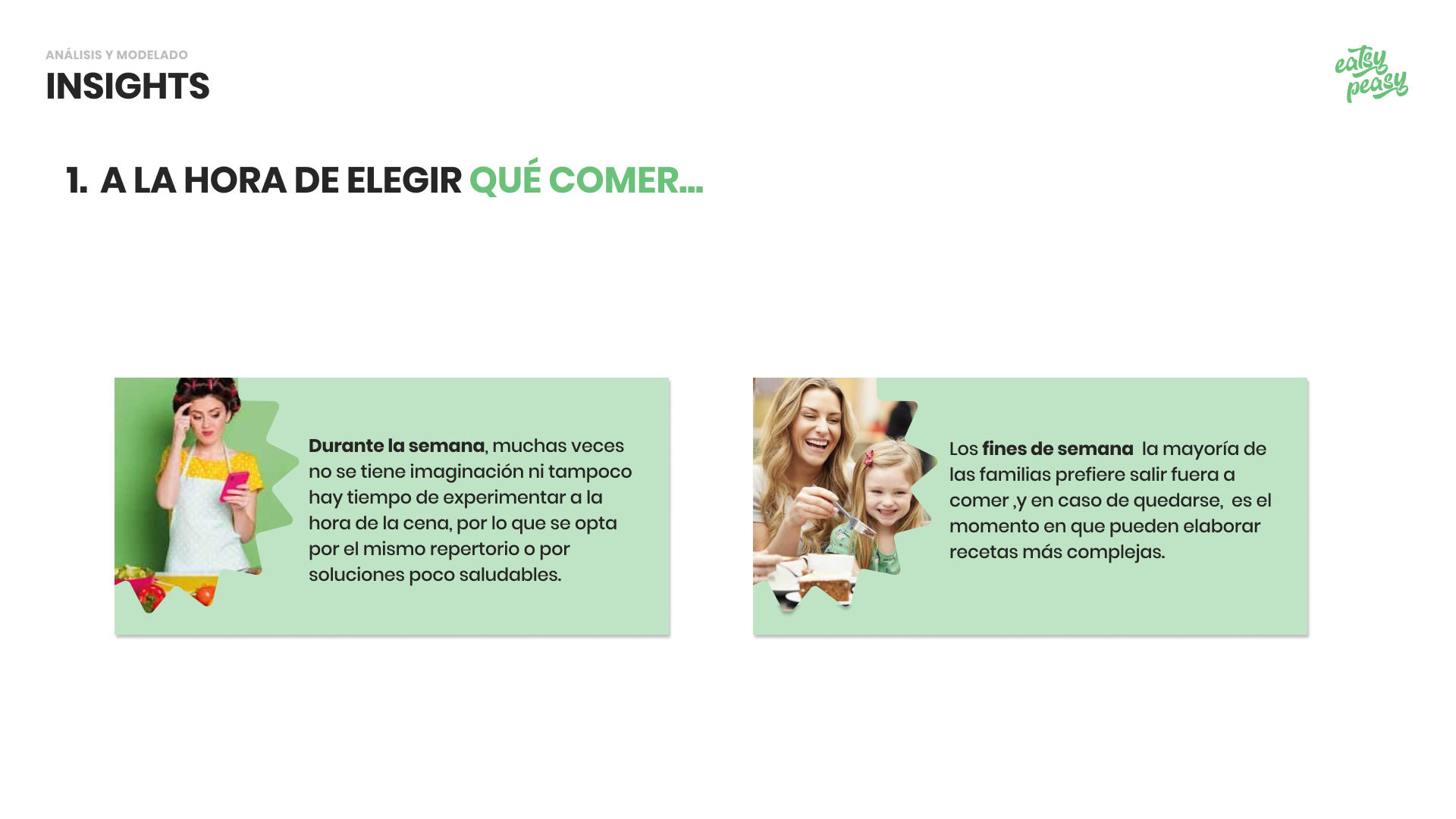

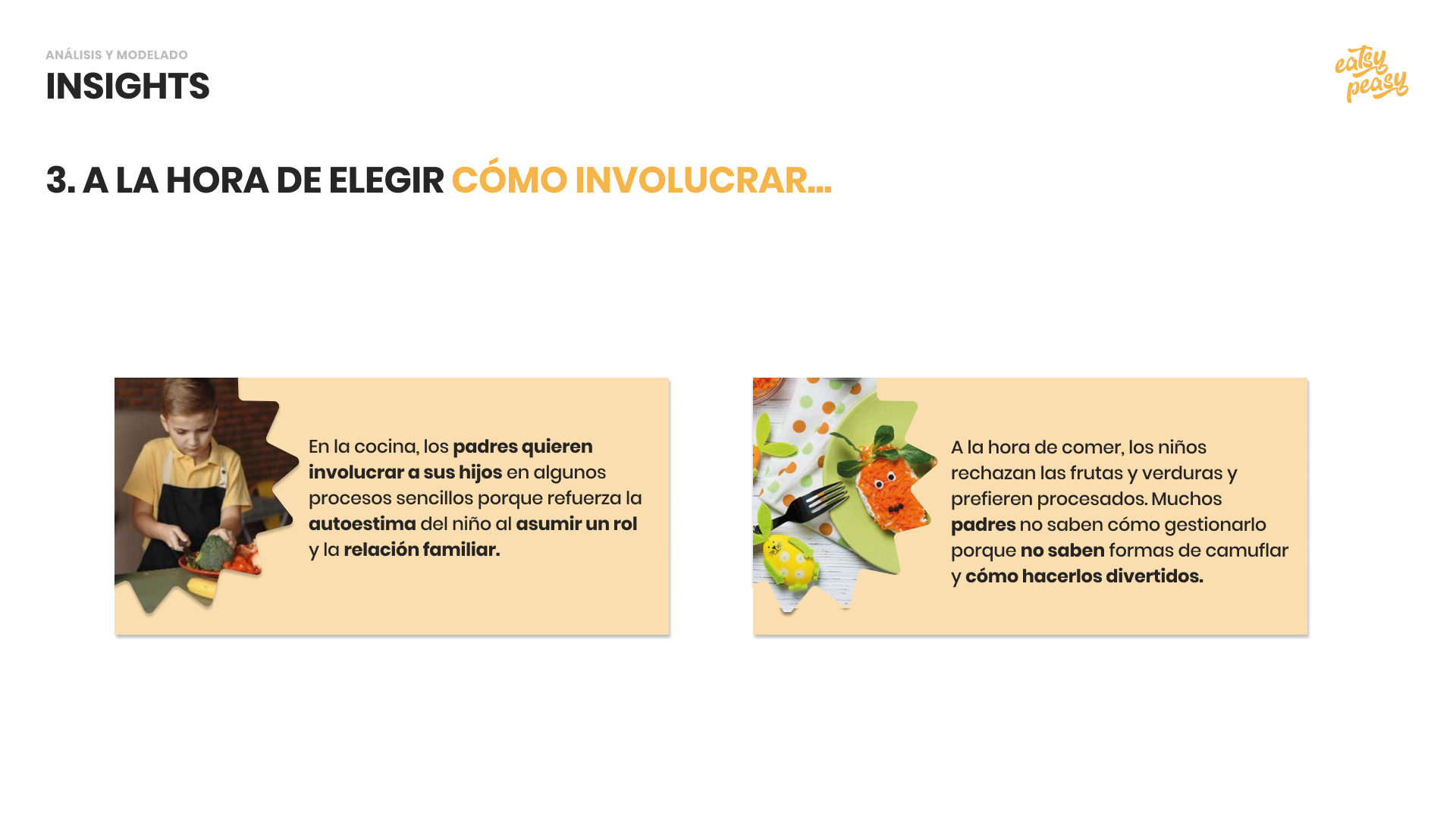
The key is to provide an answer to these three questions with a clear strategy: offer quick menus so you don't have to think, create shopping lists and link them to your favorite supermarkets, and create a series of kid-friendly steps for children to participate in the preparation of meals.

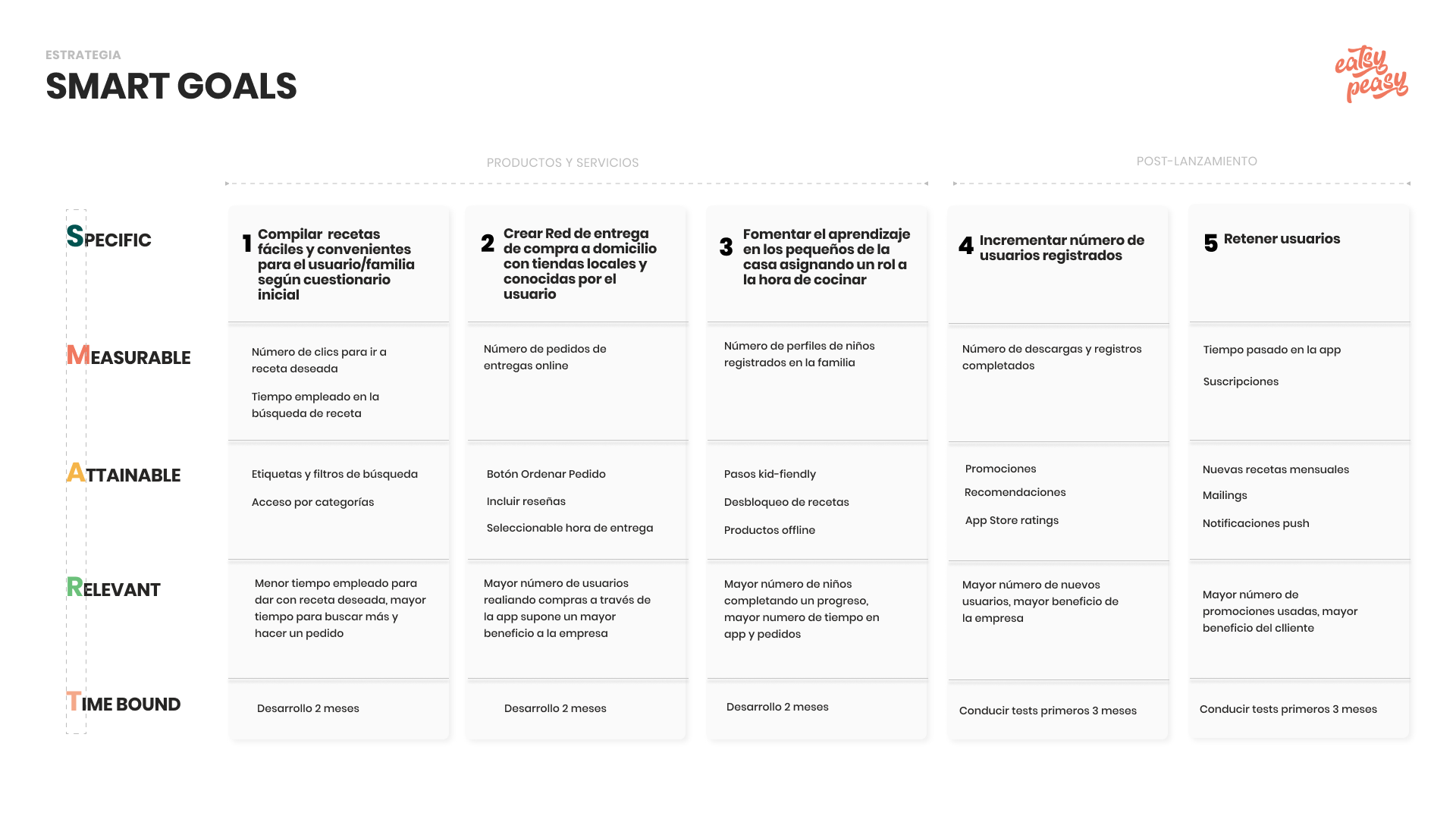
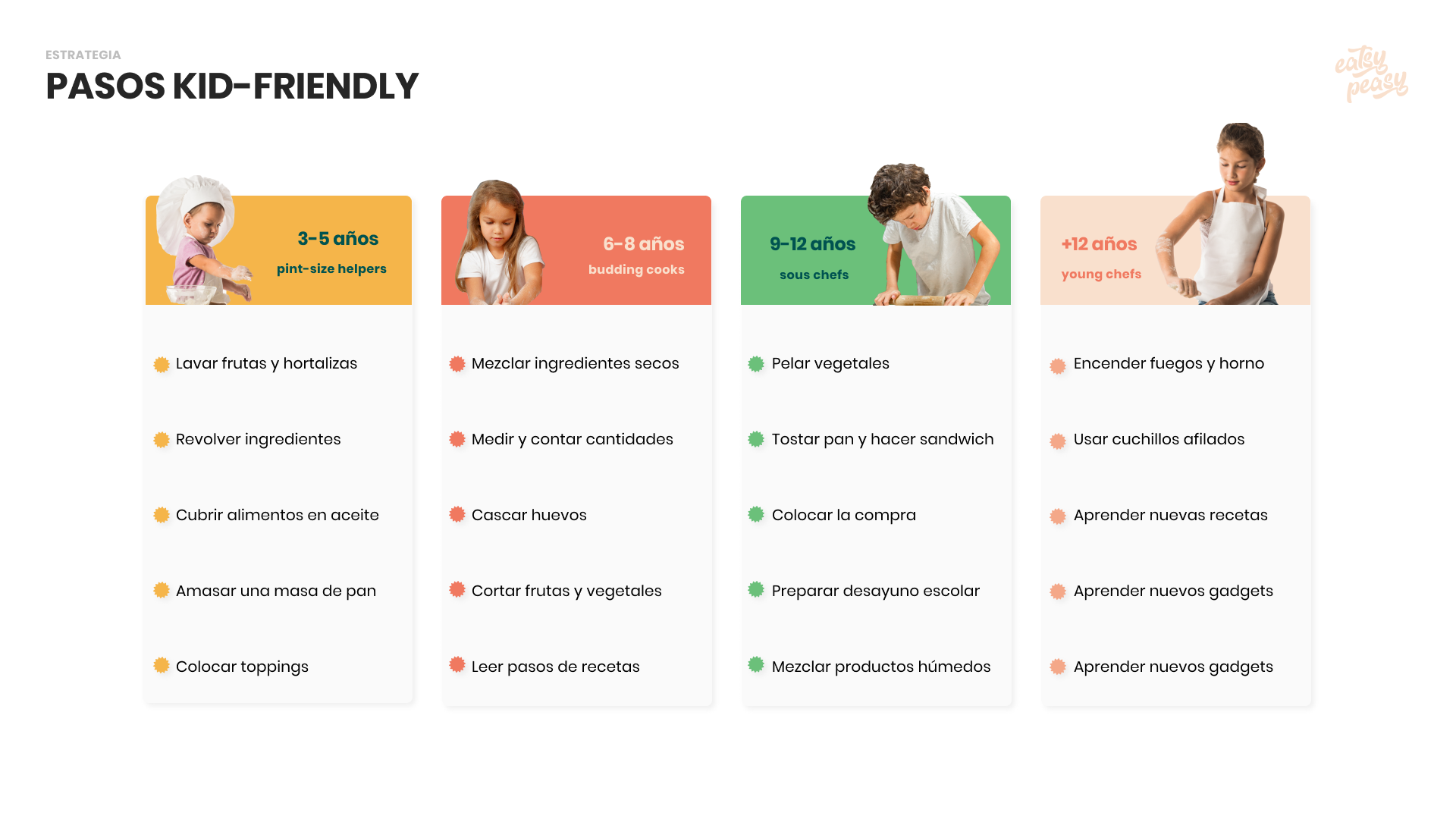
Once the navigation is done, the user flow shows the actions to access the app, to choose and buy a menu, and to follow the steps of the recipe when the user has received their ingredients.


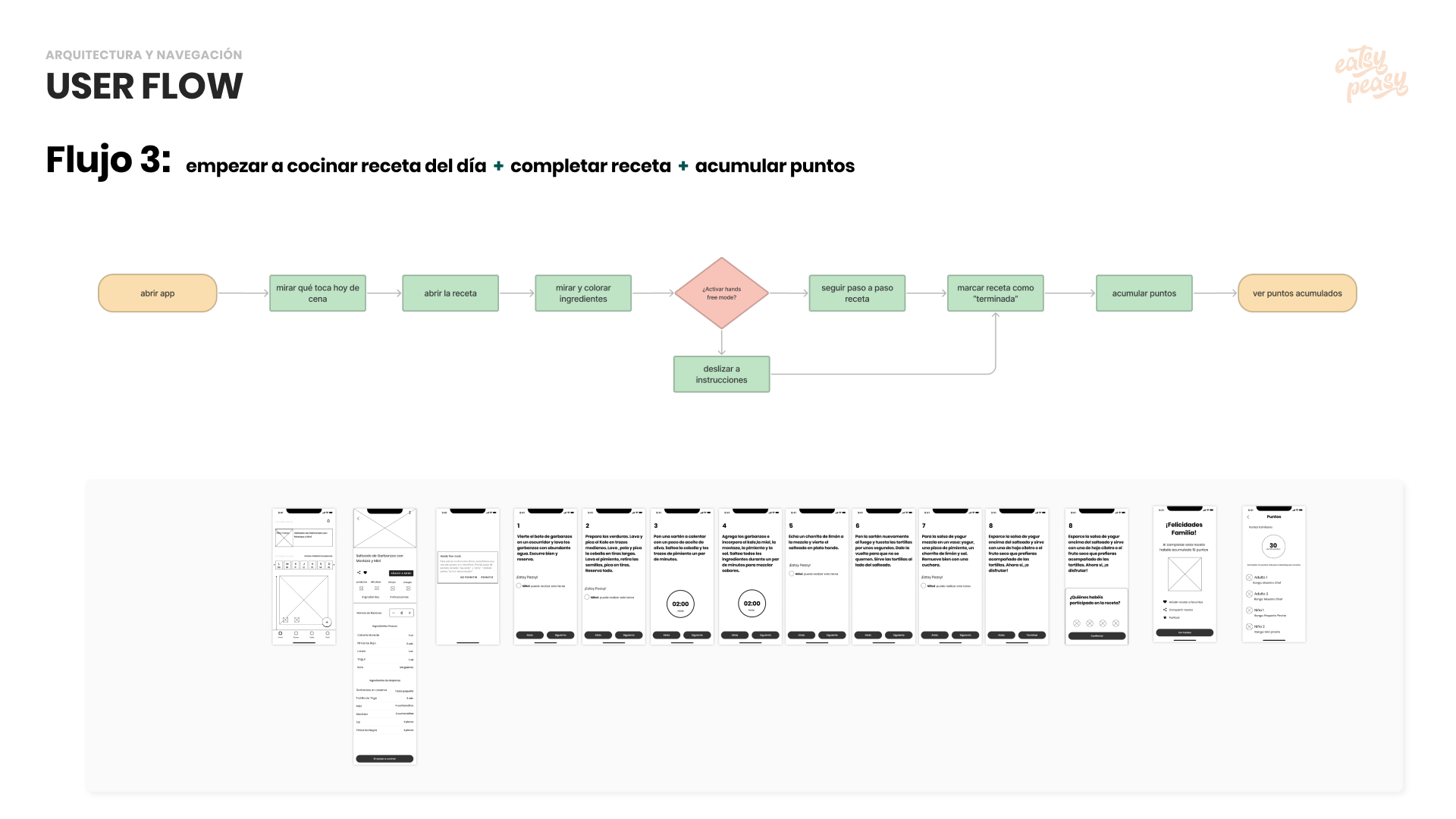
Last but not least, a brand identity is created to reflects the values of the brand. The use of narrative to spread the message is also very important. The creation of a Design System will help with maintenance and expansion of the product.

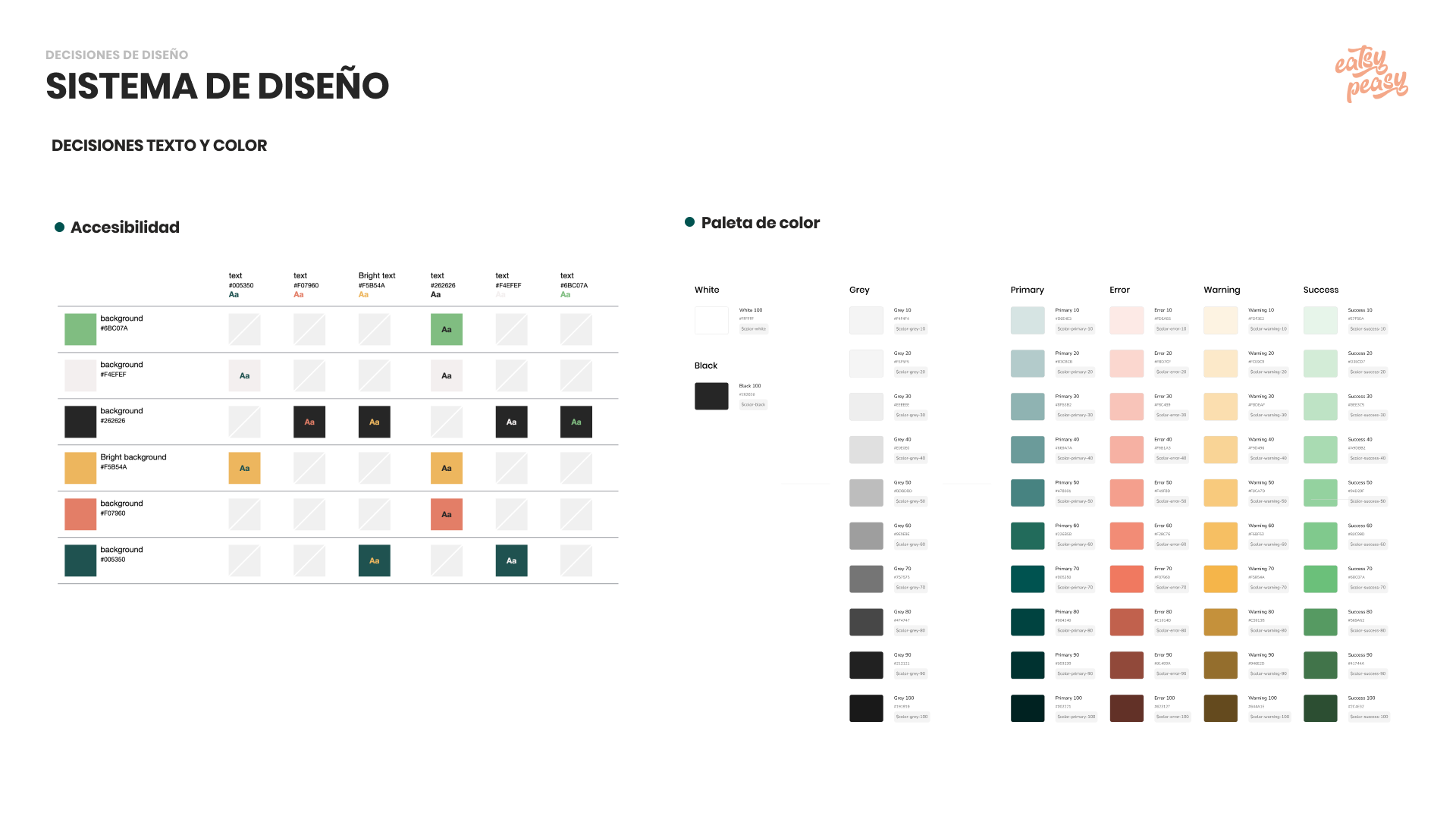
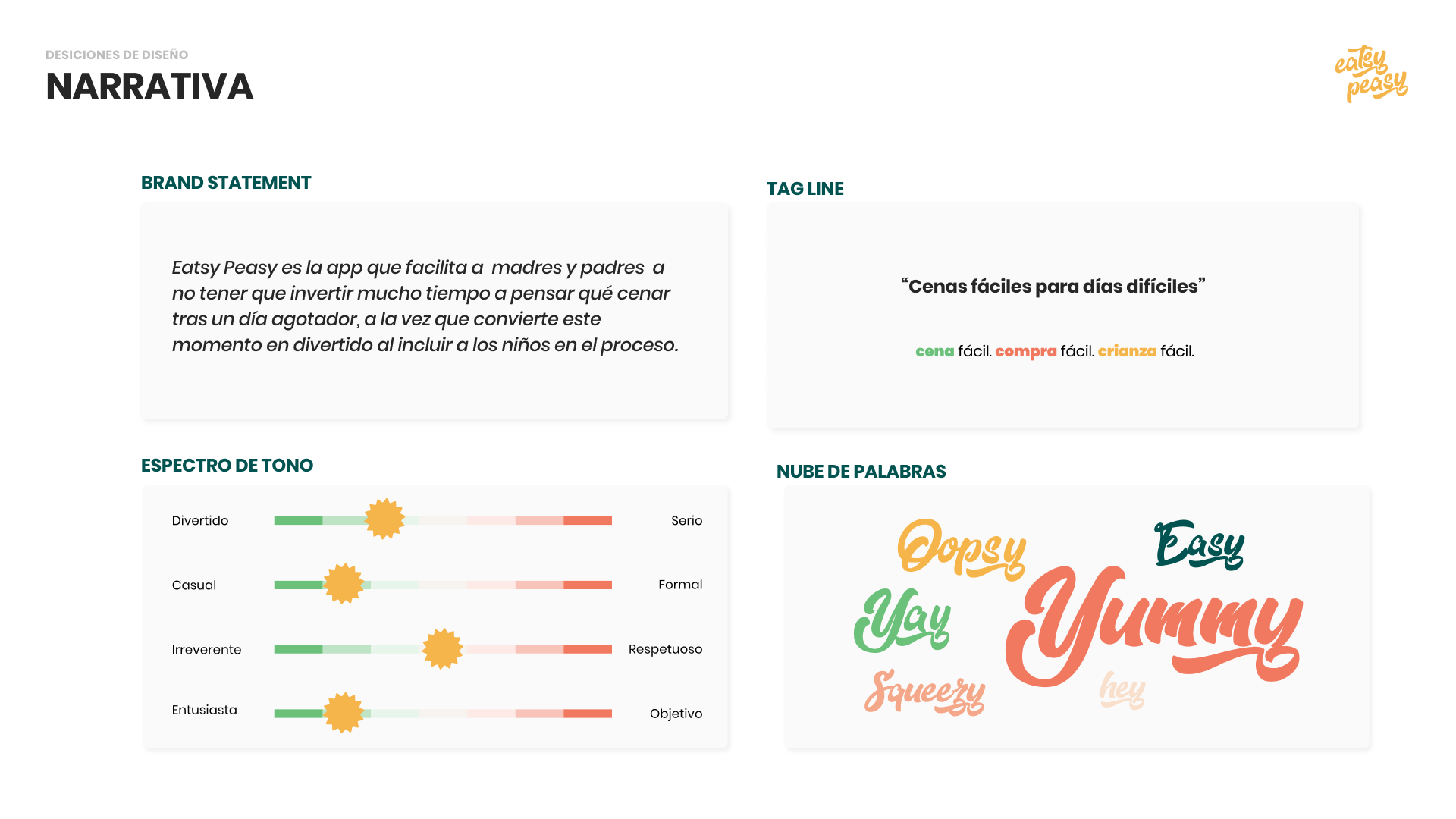
PROTOTYPE IN FIGMA

